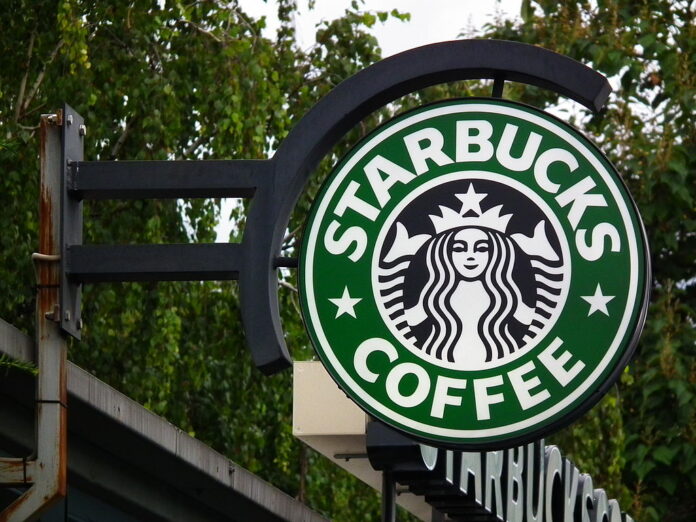Starbucks posts surprise sales drop, fuelling doubts over CEO’s turnaround strategy.
Starbucks has stumbled into deeper trouble as a surprising dip in quarterly sales raises fresh doubts over the company’s high-stakes turnaround strategy.
The world’s most recognisable coffee chain posted a 1% decline in same-store sales for the quarter ending March 30, a figure that came in well below analysts’ expectations. The disappointing performance immediately amplified the pressure on Starbucks’ relatively new leadership to steady the ship.
The results, released in a statement on Tuesday, also revealed earnings per share missed market forecasts, fuelling concerns that consumer fatigue and rising competition are eating into the brand’s dominance.
Embed from Getty ImagesChief Executive Officer Brian Niccol who took the reins last year, acknowledged the weak results but struck a determined tone. “We are making progress in transforming the business and reigniting growth,” he said. “While this quarter fell short, we remain focused on execution and long-term value creation.”
Still, investors weren’t reassured. Shares fell in after-hours trading as Wall Street digested the weaker-than-expected update.
The figures underscore the challenges facing Starbucks as it attempts to rebound from a turbulent period marked by shifting consumer habits, labour disputes, and increased costs.
Same-store sales—one of the industry’s most closely watched metrics—declined across key markets. The US, which accounts for the bulk of Starbucks’ revenue, saw customer traffic soften amid high inflation and economic uncertainty. International markets, including China, also delivered mixed results despite earlier hopes of recovery.
The Seattle-based company now finds itself navigating a complex blend of consumer caution, operational hurdles, and growing pressure from rivals both large and local.
“Starbucks isn’t immune to broader macroeconomic headwinds,” said Bloomberg Intelligence analyst Michael Halen. “But this quarter’s miss suggests deeper issues around pricing strategy, customer engagement, and the pace of innovation.”
Narasimhan, who succeeded longtime CEO Howard Schultz, has promised sweeping operational reforms. His “reinvention plan” includes upgrading store efficiency, improving digital ordering experiences, and reshaping employee relations after a series of high-profile unionisation efforts.
But the results hint that progress may be slower than investors hoped.
Starbucks had previously raised its full-year guidance in anticipation of stronger performance in the back half of the year. Tuesday’s miss puts that optimism under scrutiny. Analysts are already questioning whether the company can meet its revised targets without more aggressive measures.
“We believe in the strength of our brand and the passion of our partners,” Narasimhan said, using the company’s preferred term for employees. “This is a moment to double down on discipline, data-driven decision-making, and a relentless focus on customer experience.”
Whether that message resonates with Wall Street remains to be seen. With competition heating up and coffee drinkers becoming more price-sensitive, Starbucks can ill afford another quarter of missteps.
For now, the coffee giant must prove that this was just a stumble—not a sign of systemic weakness in its growth story.
